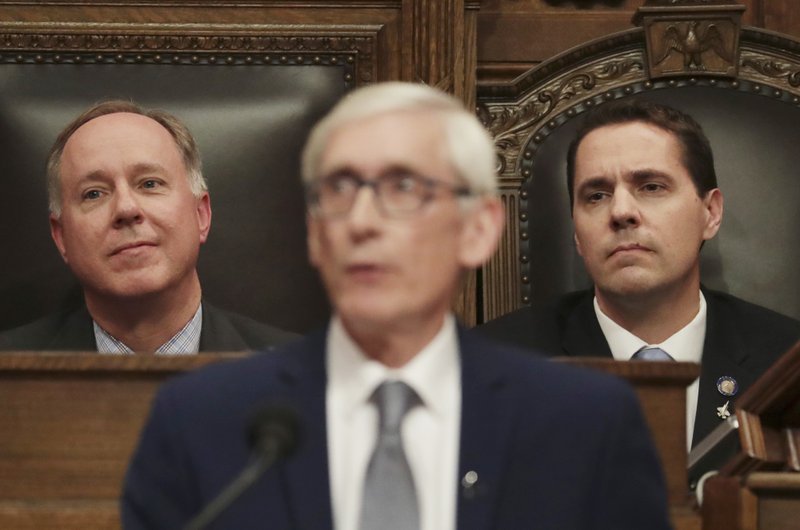Politics
Gov. Evers vetoes Republican-drawn maps in redistricting

MADISON, Wis. (AP) — Wisconsin Democratic Gov. Tony Evers followed through Thursday on his promise to veto the Republican-drawn redistricting plans, calling the maps “gerrymandering 2.0.”
The move officially shifts the fight over the once-a-decade job of drawing new political boundary lines for legislative and congressional districts to the courts. The conservative-controlled Wisconsin Supreme Court on Wednesday laid out a schedule for hearing arguments in the case early next year.
Democrats have also filed a lawsuit in federal court, but the three-judge panel there has indicated it will wait to take action until after the case is resolved in state court. The last three times redistricting took place in Wisconsin under divided government, in 2002, 1992 and 1982, a federal court drew the maps.
Evers, who is up for reelection next year, had said he would not sign the bills that only strengthen GOP majorities under maps that Republicans enacted a decade ago.
Evers, in a video message explaining his veto, faulted the latest maps for sticking closely to the lines that have been in place for the past decade. Evers and Democrats had wanted the maps to be drawn from scratch.
“I promised I’d never sign gerrymandered maps that came to my desk, and I’m delivering on that promise today,” Evers said.
Republicans do not have enough votes to override the veto without backing from Democrats. The Legislature approved the maps last week without a single Democratic vote in support.
Republican legislative leaders, Assembly Speaker Robin Vos and Senate Majority Leader Devin LeMahieu, have not returned messages seeking comment.
Redistricting is the once-a-decade process of redrawing the state’s political boundaries based on the latest census showing how populations have changed in neighborhoods, cities and counties since 2010. Mapmakers can create an advantage for their political party by packing opponents’ voters into a few districts or spreading them among multiple districts — a process known as gerrymandering.
Evers created a commission that proposed its own maps. But Democrats in the Legislature were divided last week over whether to approve those. Many dissenting Democrats argued that the maps from the Evers commission would diminish African American and Latino representation in the Legislature.
The Wisconsin Supreme Court said Wednesday it would rule on key issues related to redistricting around Nov 30. That ruling will deal with whether changes to the current GOP-friendly maps should be kept to a minimum, what factors the court should consider when choosing maps and whether partisanship should be a factor.
Democrats want the maps to be drawn from scratch, not based on the current ones enacted by Republicans in 2011.
The court gave those involved with the case until Dec. 15 to submit maps, with a hearing expected around Jan. 18. The court said that hearing could last multiple days.
The new maps must be in place for the November 2022 elections, which include all members of the Assembly and half of the Senate.

